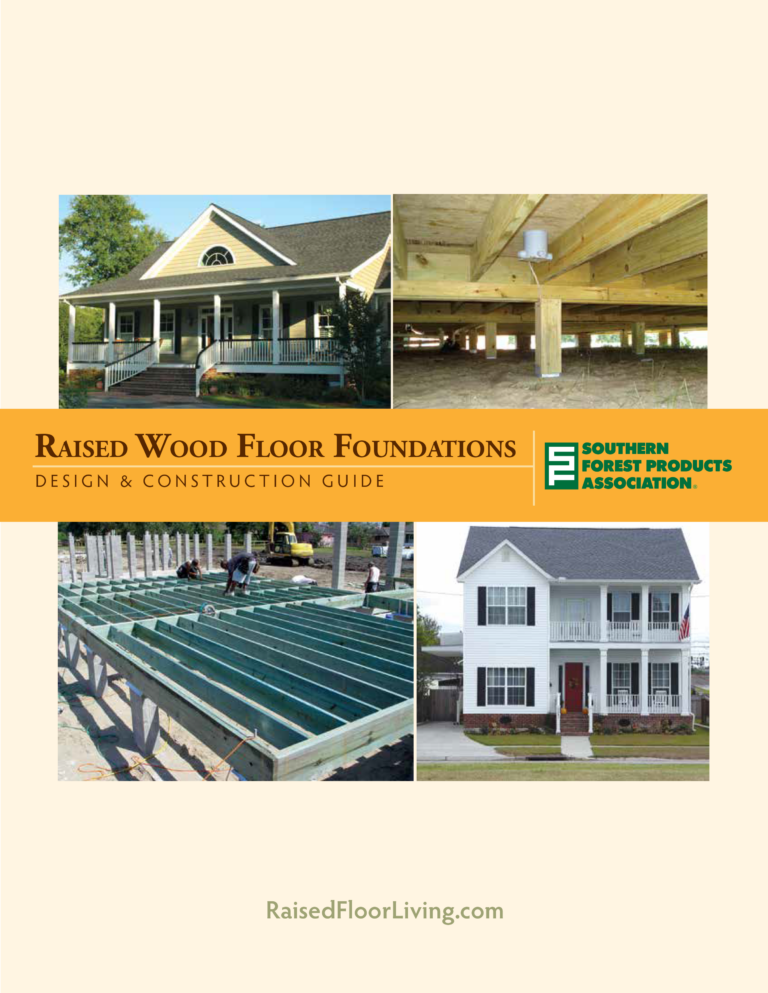Raised Wood Floor Foundations
RAISED WOOD Floor FOUNDATIONS
Raised wood floor foundations, also known as pier-and-beam foundations or crawl space foundations, have distinct characteristics that set them apart from other types of foundations. Choosing a raised wood floor system for your home can offer several advantages depending on your specific needs and the characteristics of your building site.
Building codes require all materials to provide the same degree of protection, even for extreme events such as hurricanes and earthquakes. So don’t overlook pressure-treated Southern Pine wood-frame construction, which is as safe, sturdy, and dependable as any other building material.
Benefits and Advantages
The raised wood floor foundation is a wise choice for sustainable home construction and community development. But there’s more! From improved ventilation and accessibility to flood resistance and sustainability, a raised wood floor system offers a range of benefits and advantages over other types of home foundations.
Lumber and materials
To ensure the safe and durable construction of a raised wood floor foundation, wood products need to conform to appropriate building code product standards. Generally, building codes require pressure-treated or naturally durable wood, especially Southern Pine.
Foundation Preparation
A raised wood floor system may be constructed in any soil type. In fact, they perform well even in problematic expansive soils that often crack conventional slabs. They must also accommodate and transmit design loads to the soil without excessive settlement.
Foundation Options
The desired finished appearance will always influence the type of raised wood floor option you select for your home. But with many foundation types available, raised floor homes can be built anywhere, meeting virtually any criteria.
Framing Details
Are you familiar with floor framing details, including the various methods for supporting floor joists, stair framing details, and floor framing support?
Moisture and Pest Management
A raised wood floor foundation separates a structure from one of the biggest sources of moisture — the ground itself. With proper design, construction, and maintenance, a raised floor system can remain dry and free of moisture- and pest-related issues.
Check out our Raised Wood Floor Foundations publication, a comprehensive design and construction guide for using Southern Pine for raised wood floor systems.
